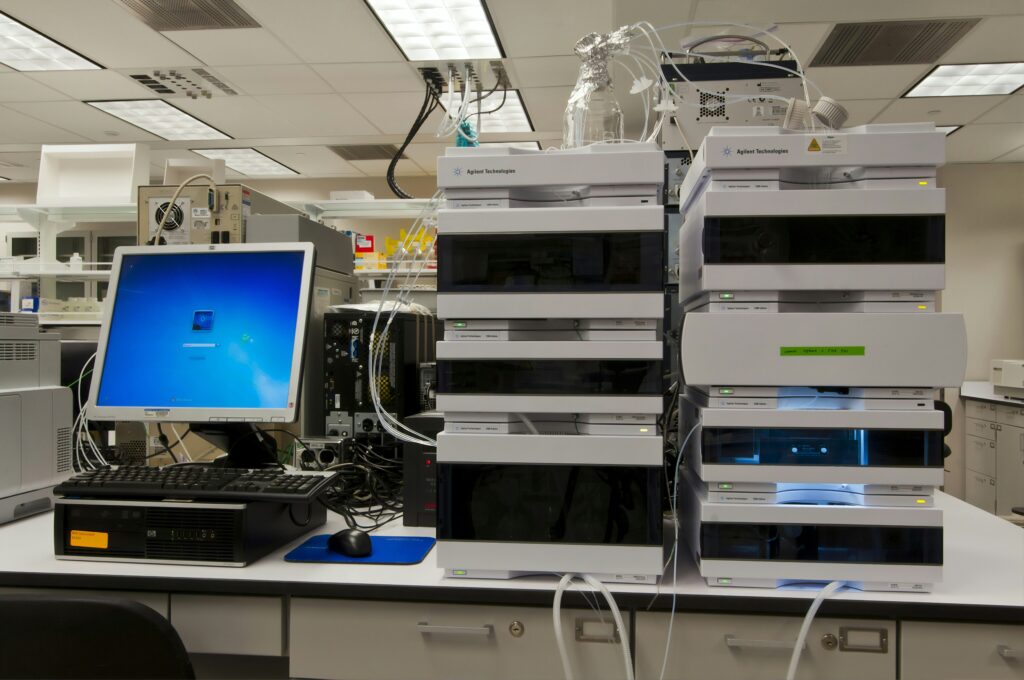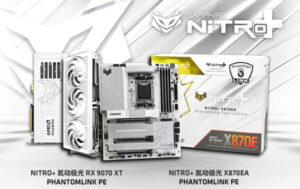
In a groundbreaking development, Dr. Dong-Soo Han and his team at the Korea Institute of Science and Technology (KIST) have unveiled a novel device principle that harnesses “spin loss” as a power source for magnetic control. This collaborative effort, involving research teams from DGIST and Yonsei University, marks a significant leap forward in the field of spintronics.
Spintronics, a technology that leverages the “spin” property of electrons, is increasingly recognized as a cornerstone for next-generation information processing technologies. These include ultra-low-power memory, neuromorphic chips, and stochastic computation devices. The new approach promises to enhance the efficiency of spintronics devices, which are known for consuming less power and offering greater non-volatility compared to traditional semiconductors.
Redefining Spin Loss in Magnetic Materials
Traditionally, reversing the direction of magnetization in magnetic materials required a substantial current to force electron spins into the magnet, leading to significant spin loss. This loss was previously seen as a major source of inefficiency. However, Dr. Han’s team has uncovered a new physical phenomenon where spin loss can actually induce spontaneous magnetization switching within the material.
This discovery challenges the conventional understanding of spin loss. The researchers demonstrated that greater spin loss results in lower power requirements for magnetization switching. Consequently, the energy efficiency of these devices can be increased by up to three times compared to traditional methods. This breakthrough does not require special materials or complex structures, making it highly practical for industrial applications.
Implications for Mass Production and Miniaturization
The simplicity of the device structure is compatible with existing semiconductor processes, paving the way for mass production. This compatibility is crucial for the miniaturization and high integration of devices, which are essential for advancing fields such as AI semiconductors, ultra-low power memory, and neuromorphic computing. The potential for high-efficiency computing devices in AI and edge computing is particularly promising.
Dr. Dong-Soo Han emphasized the transformative nature of this research, stating,
“Until now, the field of spintronics has focused only on reducing spin losses, but we have presented a new direction by using the losses as energy to induce magnetization switching.”
He added that the team plans to actively develop ultra-small and low-power AI semiconductor devices, which are vital for the AI era’s ultra-low-power computing technologies.
Historical Context and Future Prospects
The announcement comes as the semiconductor industry faces increasing pressure to innovate in response to growing demands for energy-efficient technologies. Historically, the pursuit of reducing power consumption has driven significant advancements in semiconductor design. This development follows a similar trajectory, offering a fresh perspective on utilizing inherent material properties to achieve energy efficiency.
Experts in the field are optimistic about the broader implications of this research. The ability to harness spin loss for energy-efficient magnetization could lead to a paradigm shift in how electronic devices are designed and manufactured. As industries continue to seek sustainable solutions, the scalability and practicality of this technology may position it at the forefront of future innovations.
Looking ahead, the focus will likely be on refining this technology for commercial applications. The move represents a significant step towards realizing the full potential of spintronics in everyday electronic devices, potentially transforming sectors ranging from consumer electronics to advanced computing systems.
As the research community continues to explore the possibilities of spintronics, the findings from Dr. Han’s team offer a promising glimpse into a future where energy efficiency and technological advancement go hand in hand.







